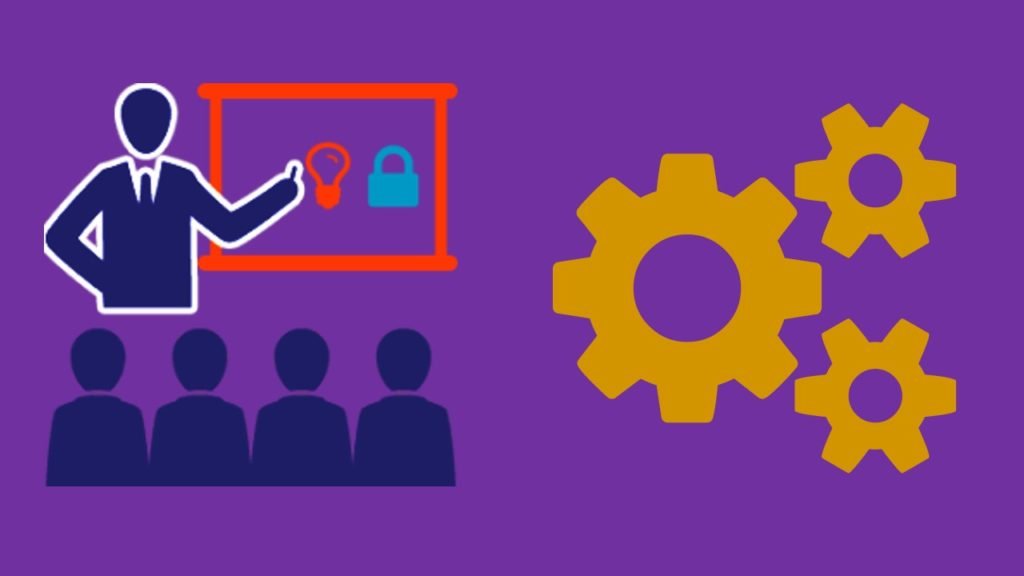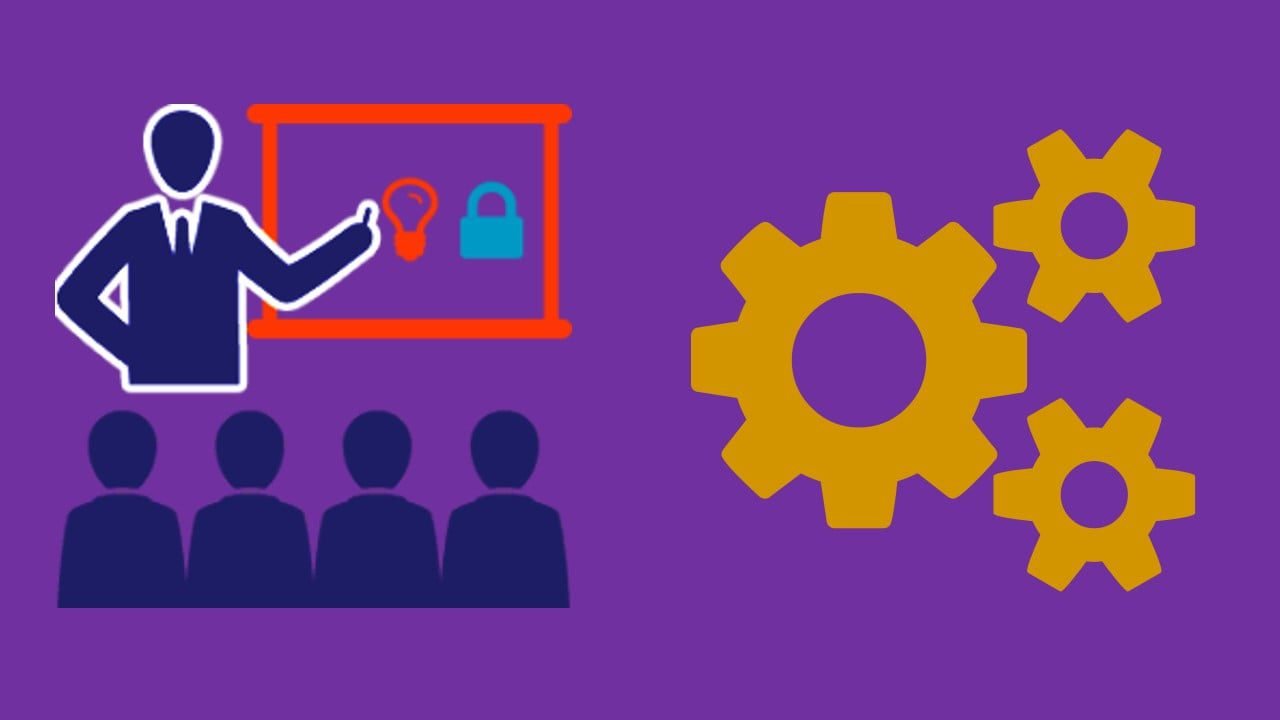Principles of Training and Development: Competitive advantage is referred to that ability of an organization which is not possessed by the other organizations and it is a competitive advantage which leads the organization to the top positions. The content is the study of explains – the key Principles of Training and Development, Training Principles and Techniques, and Training Procedure. There are many organizations in the world who are leading the markets by gaining competitive advantage in different fields of their business activities. Also, learn the Main Principles of Training and Development.
Understanding and Learn, What are the key principles of Training and Development?
One of the ways in which a firm can attain a competitive advantage over the competitors is by building a force of superior human resource. Now the question arises that how this force of superior human resource can build. The answer lies in a very important function of human resource management i.e. training and development. It has been observing that the employees or labor working in a competitive environment of the market always welcome the training and development programs which can enhance their skills and knowledge.
Nowadays every job holder understands that to sustain and grow in the career it is very important to polish their skills. It is not that time where one degree or diploma is sufficient for the whole life. Employees actively participate in several programs which are organizing by their organization and it has been observing that in some organization employee’s demand from their human resource department to arrange such training and development programs.
Successful organization of today has built its human resource workforce over the passage of time. There is no doubt that this workforce is a highly valuable asset for any organization and the only possible way to build this workforce is training and development. There are several theories which emphasize the importance of training and development in the organization and provides different alternative methods for training and development. A discussion of four major theories of training and development gives below.
What is the theory of Reinforcement?
This theory emphasizes on the learning behavior of a person and suggests that the learner will repeat that behavior which is attached with a positive outcome or result. Skinner an economist of the behaviorist school of thought proposed the theory of reinforcement and suggested that the training and development programs should align with the organizational objectives and a positive outcome should expect with such training and development programs. Further elaborating this concept suggested in reinforcement theory, it can argue that there are several techniques available in human resource practices which can associate with the training and development programs and the required suggestion by this theory can fulfill.
Different types of rewards in the form of bonuses, salary raises, promotion and awarding of certificate after the training program can associate with the training and development activities and these rewards will definitely generate a positive outcome. If this is done by an organization then according to the Skinner’s theory of reinforcement the trainer i.e. the employee will show more interest in the training and development programs held by the organization.
Learning Types:
The theory presented by Gagne emphasized on learning of intellectual skills. These are such skills which are found rare among the persons. He suggested by different learning types in his theory and each learning type contains some external and internal conditions. The five categories of learning which Gagne defined in his theory include intellectual skills, verbal information, attitudes, cognitive strategies, and motor skills.
Experiential Learning:
Experiential and cognitive types of learning are differentiated by the experiential theory of learning presented by C. Rogers. According to Rogers, the wants and needs of the learner are addressed by this type of learning. Experience gives the personal maturity and increases the learning power along with the knowledge. Due to personal involvement, the learner is able to conduct a self-evaluation test. Which allows him to understand the effect of learning on his/her attitude.
Social Learning:
The social theory presents a new view of learning i.e. social. According to the presenter of this theory, Albert Bandura, direct reinforcement cannot address all types of learning. Hereby direct enforcement means the training and development programs that are organizing to enhance the skills. According to this theory, such programs do not address all learning types. As there are some social elements which cannot teach. Those elements are learning by the learner from his/her surroundings.
Such type of learning calls observational learning and this learning associate with the understanding of different human behaviors. The first type of learning defined in this theory is through observation. In an organization, the environment and the surroundings play a very important role. The environment should be very professional and the surroundings should be in such a way that the people (employees) learn from them.
Extra knowledge:
This theory also suggests that it is not necessary that the behavior change after learning something.
It expects that a person’s behavior changes after learning something, but it is not in all cases. Furthermore, the theory also explains the mental states which play a vital role in the learning process. If the mental status of the person is negative regarding any learning activity then. He will not take part in that learning process and even. If he forces to do so, he will not gain any positivity from that process.
In organizational training programs, the mental state can make positive regarding the training and development programs by associating the rewards and benefits with such programs. Which will motivate the employees and help to build a positive mental state? The case company also follow this theory. As it allows the employees to learn from the surrounding and provides an environment where they can learn from their supervisors/managers and coworkers.
Training Principles and Techniques:
According to Pigors and Myres, training principles and techniques include:
- The trainee must want to learn. His motivation to improve his job performance or to learn a new skill must be high.
- There should be some reward at the conclusion of training viz., promotion or a better job.
- The trainer should ask the trainee as to whether he is learning the job correctly. This knows as feedback.
- Training is best to accomplish through learning by doing rather than by listening.
- The material to learn should develop in stages.
- When the trainee gives the correct response, he learns the job.
Training Procedure:
- First of all the instructor must prepare. He should know both his job and how to teach it. On the basis of job analysis and job description, various operations should plan. In order to avoid delays, everything must be ready before training starts.
- The next step is the preparation of the trainee. The fact that the employee is learning the job for the first time should keep in mind. The importance of the job, its relationship with the other jobs and the importance of rapid and effective learning should explain.
- The operations should then present carefully and patiently. The sequence of the entire job explains by taking one point at a time.
- The performance of the trainee should then try by asking him to explain each step and do the practical.
- The employee is then put on the job. In the follow-up action, his performance should frequently check and questions should encourage.








